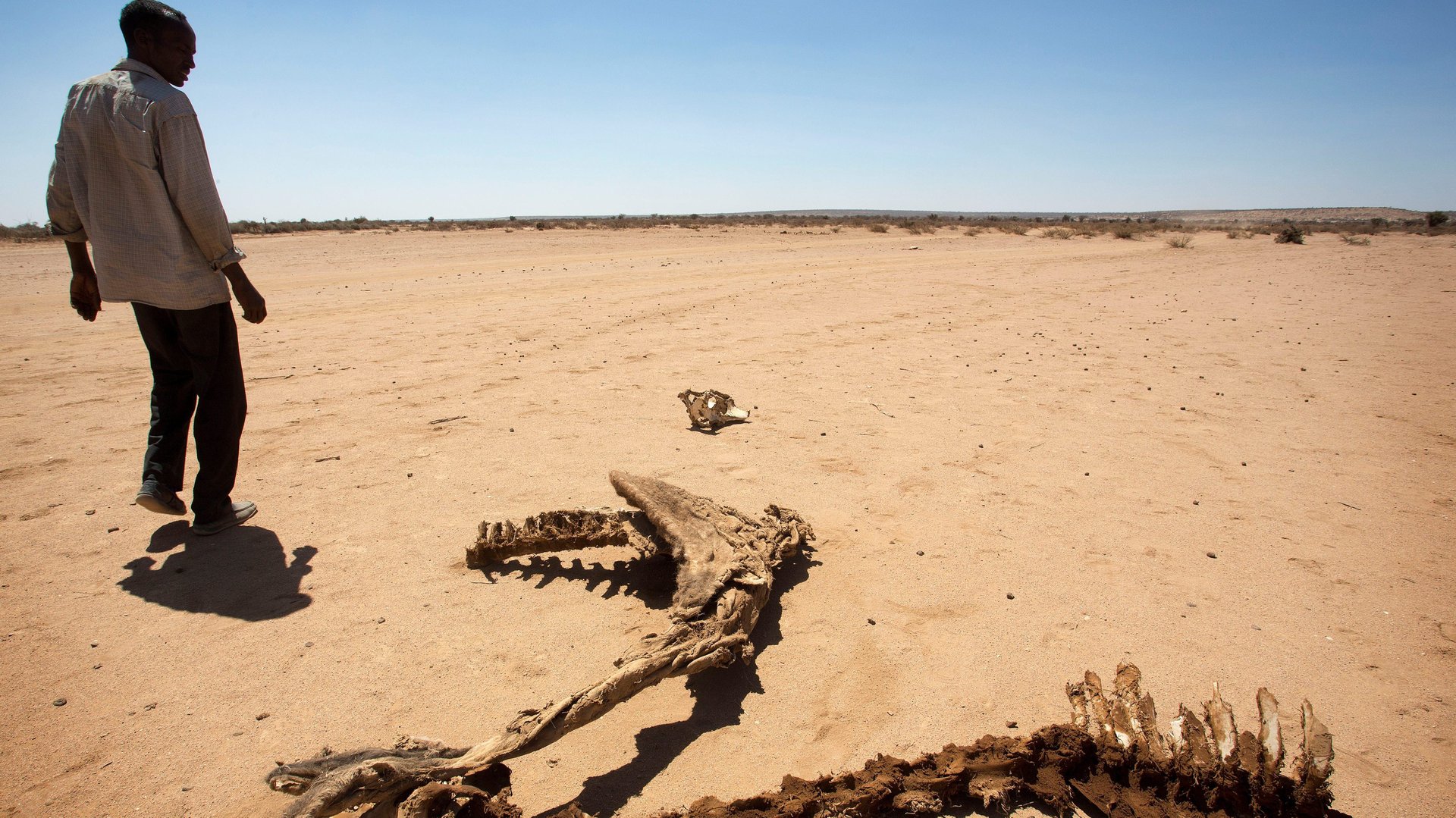The US withdrawal from the Paris climate accord will hit Africa the hardest
African countries contribute little to the world’s greenhouse gas emissions, but they still bear the brunt of global warming. Seven out of the world’s 10 countries considered the most threatened by climate change are in Africa.


African countries contribute little to the world’s greenhouse gas emissions, but they still bear the brunt of global warming. Seven out of the world’s 10 countries considered the most threatened by climate change are in Africa.
Temperatures are expected to increase 2°C by the last two decades of this century, a scenario that would put over half of the continent’s population at risk of undernourishment. Already, some 20 million people in South Sudan, Somalia, and Nigeria are at risk of starving to death. Researchers believe rising temperatures contribute to an increase in conflict.
US president Donald Trump’s decision to withdraw from the Paris climate accords, an agreement signed by 195 countries, including all 55 African countries, is likely to make this worse. Trump has promised to “stop all payments of US tax dollars to UN global warming programs.” Under the Paris accords, developed countries like the US were to contribute to a $100 billion annual fund for developing countries by 2020.
African countries especially need these funds to expand clean energy and deal with climate change. By 2050, the costs of adapting to climate change may cost the continent as much as $50 billion a year, according to a report from the United Nations Environment Programme (UNEP). That’s assuming international efforts keep global warming below 2°C this century continue.
How African countries deal with climate change is also important to the survival of the accord. As African cities and populations expand the continent’s global share of emissions is expected to grow from 2% to 3% by 2040. The Paris agreement now accounts for 65% of all emissions, compared to more than 80% with the US.